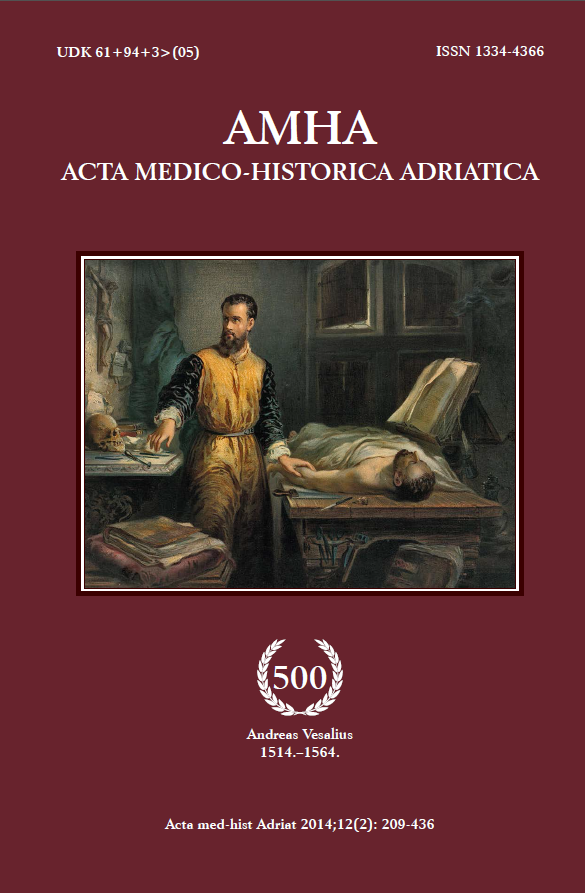MUMMIFICATION IN THE ANCIENT AND NEW WORLD
Keywords:
Mummification, ancient and new world, methods and first intentional techniqueAbstract
In the Ancient and New World there was a custom to preserve the corpse in a natural and artificial way. Since Paleolithic man believed in an afterlife and even in Mesoamerica and the Andes cultures, care and ceremony were practiced to the burial of the dead in an ancestral cult. Mortuary rituals were developed in Pre-dynastic Egypt (4500-3100 BC) but apparently they had begun before in America, c. 5000 BC. Mummies served for assisting the soul to survive and for preventing the dead from frightening the livings. Incas arrived at a point of perfection in these practices after other Andean cultures but we should not forget their older predecessors, the Chinchorro culture on the arid coast of the Atacama Desert. Different steps in the technique can be distinguished in both worlds: natural desiccation covered by animal skins, methods to protect the body skin and flesh removal, replacement with clay; black, red or mud-coated corpses, evisceration, body cavity treatment, cleansing and anointing the interior, brain removal, mummified bodies, corpses covered with natron, before being washed and bandaged or wrapped. It will be necessary to carefully check dates, techniques and periods in the two zones to establish exactly the evolution of the methods applied.


